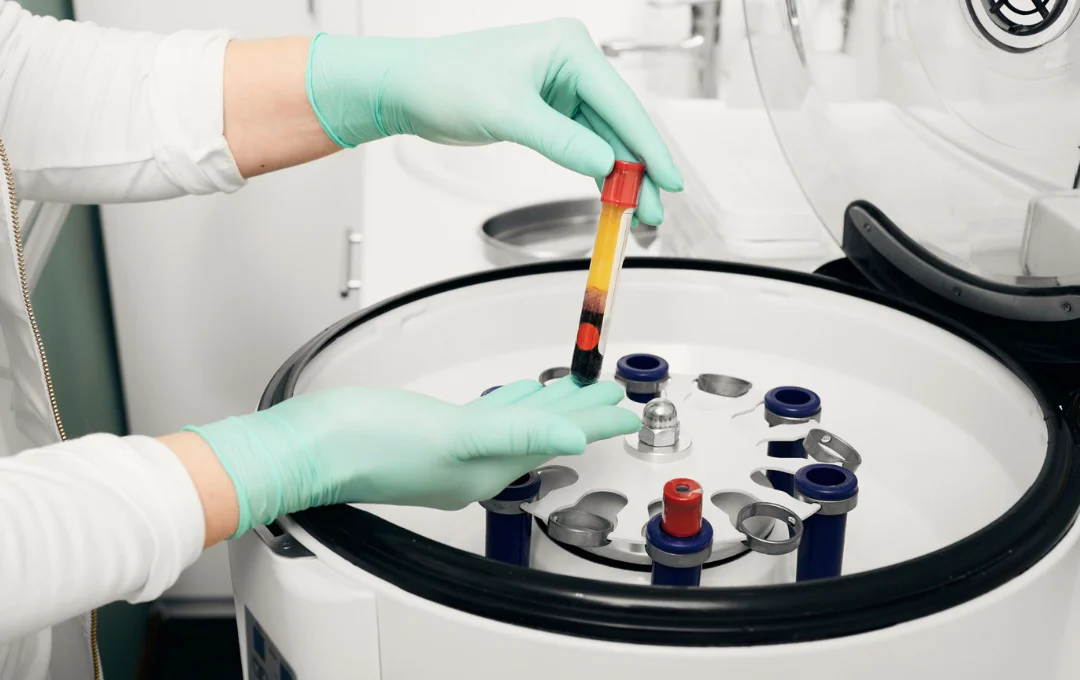Root canal treatment
Get a Free Consultation
Overview
The purpose of root canal treatment is to save a decayed or infected tooth. It is a very common and essential procedure. Firstly, your dentist needs to examine the structure of your tooth. They cannot apply the treatment without determining the tooth structure. The layers in the tooth structure are as follows, in order from outside to inside: Enamel, dentin, and pulp. The pulp is the soft tissue inside the root canal. It is full of blood vessels and nerves, which play a significant role in the nutrition of the tooth. It is crucial to start treatment early to save your tooth. When neglected, the infection spreads to the surrounding tissue, and you may lose it.
Why is it done?
Failure to intervene in the damaged tooth can create the need for root canal treatment. Your dentist may apply root canal treatment for decay formed under caries, fillings, and veneers. It also treats the root fractures that occur after impact. You may need this treatment after minor accidents or if you have bad habits such as chewing habits or grinding your teeth. When you have an operation to lose your wisdom tooth, you may need root canal treatment if your dentist removes large cysts from your jawbone. In this case, your adjacent teeth will need treatment.
Risks of root canal treatment
Root canal treatment requires patience. Delaying the treatment can often cause tooth and bone loss. Because of the carving, your teeth that underwent root canal treatment are more prone to breakage. Your dentist may not detect cracks in your teeth during treatment. Even if your dentist treats your tooth correctly, they may need to remove it.
In most cases, teeth are treatable. However, there is always a possibility of losing your tooth. If the canals are not accessible or the root is severely broken, it is difficult to save the tooth. The success rate is over 90-95%. During the procedure, your tooth root may crack. Tools can break into the canal. These problems make it difficult for the tooth to fill appropriately and effectively.

What you can expect
You can use your treated tooth for life if you care properly. But be aware of the possibility that you may damage your tooth again. As you know, no prosthesis can fully replace the natural tooth. It is essential to have regular examinations to prevent problems that may occur. After root canal treatment, you will get rid of your usual toothaches. The pain from the heat or cold disappears. If you have swelling in the gums or lymph nodes, they will disappear too. You will not experience any sudden pain. Therefore, you will begin to eat and drink more comfortably. You will not have trouble sleeping because of toothache. Your quality of life will increase.
Before root canal treatment
Before having a root canal treatment, you should talk to your dentist in detail. Your dentist needs to determine whether the pulp inside your tooth is dead. They decide if your teeth can get better again. It would be best if you decided together with your dentist on the x-ray taken for your tooth. You may not need antibiotics before the procedure if you do not have a known disease. However, you may need to use antibiotics if you use heart and sugar immunosuppressive drugs. It would be helpful to discuss this issue with your doctor. After treatment, you must change some habits until you recover—particularly eating and drinking habits, such as sugar consumption. If you need session therapy, remember that you must attend all sessions.
During the procedure
Dentists and endodontists perform root canal treatment. The procedure time is usually between 30 and 90 minutes. If there is an infection, the dentist applies medication to that area to clear it. For clearing, your dentist waits a week before closing the tooth. The treatment may vary according to your tooth structure. Firstly, your dentist takes X-rays to see the shape of your root canals. Thus, they understand whether there is an infection in the surrounding bones.
Your dentist will administer local anesthesia to perform the procedure. Some patients may not need anesthesia because their dental nerve is dead. The dentist places a layer of rubber to keep the area saliva-free throughout the procedure. Then, your dentist drills a hole to access the root canal. Thus, they can remove the decayed nerve tissue, harmful bacteria, and pulp from the tooth. With the help of root canal rasps, your dentist performs cleaning with embroidery. The dentist places these rasps, which are increasing in size, in the drilled hole by order. By scraping and brushing, they clean the walls of the root canals along with the tooth. The aim is to clean the micro-remains that come out of here. Your dentist uses sodium and hypochlorite. After the dentist sufficiently cleans the inner part of your tooth, they close the opened hole.
After root canal treatment
The healing process differs from person to person. It is a myth that the treatment is painful—the cause of the pain that you feel is already existing inflammation and infection. The goal of treatment is to relieve you from existing pain. Tissue sensitivity may occur, especially after a cleared infection. You can get through this process with regular pain relievers.
Even if your treatment is over, you should not eat anything for a few hours after the procedure. It would be best if you were careful not to eat hot or cold until 3-4 days later. You should also avoid hard and crusty foods. Minimizing sugar consumption will speed up your recovery process. It is important to brush your teeth regularly after the end of the treatment. If your dentist has given you dental floss or mouthwash, you should use them regularly. If these are not taken care of, you may experience the same problems.
Results
Pain after root canal treatment is not a problem. And it is temporary. The sensitivity of your treated tooth will decrease at the end of the healing process. The healing process may take 2-3 weeks. It would be best not to neglect your regular dentist checks after root canal treatment. It would be beneficial to see your dentist at least twice a year. To avoid encountering the same problem again, follow what your dentist says. You should not disrupt your dental care and neglect the cleaning. With treatment, your pain will be relieved, and your quality of life will increase.
Join to our newsletter

Authorized by the Ministry of Health and Tourism in Turkey








